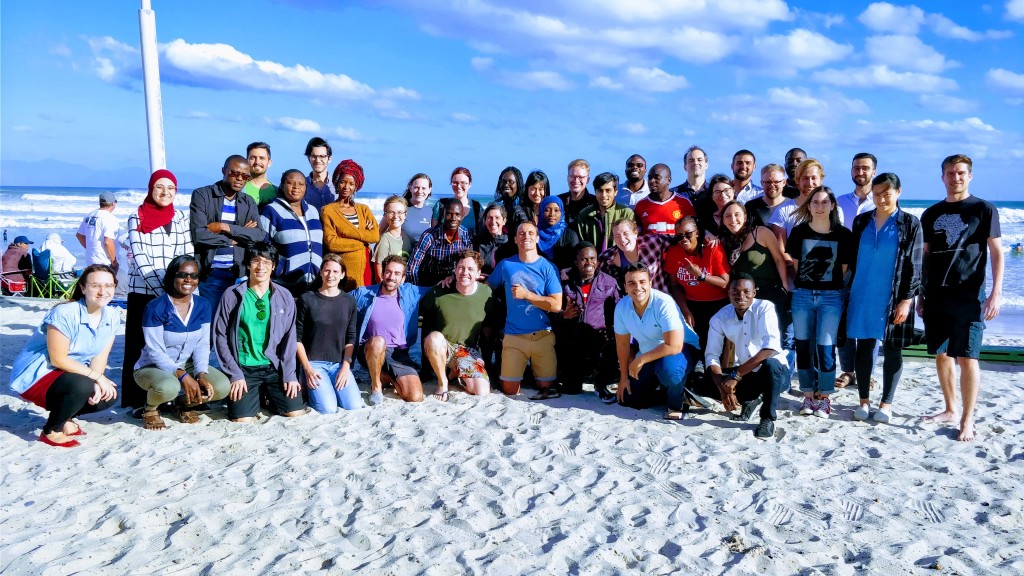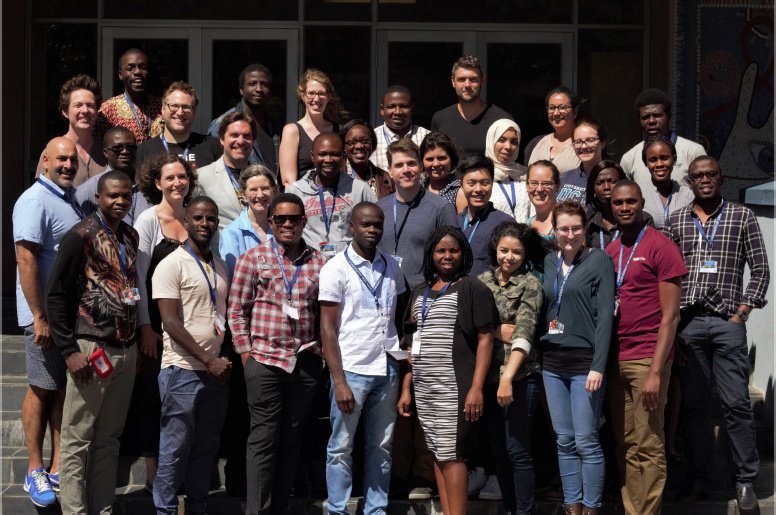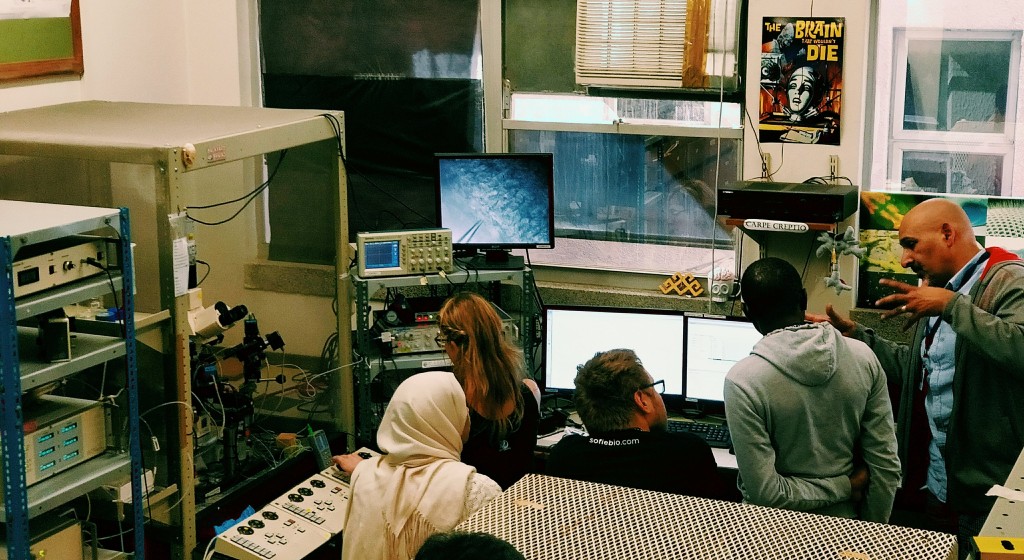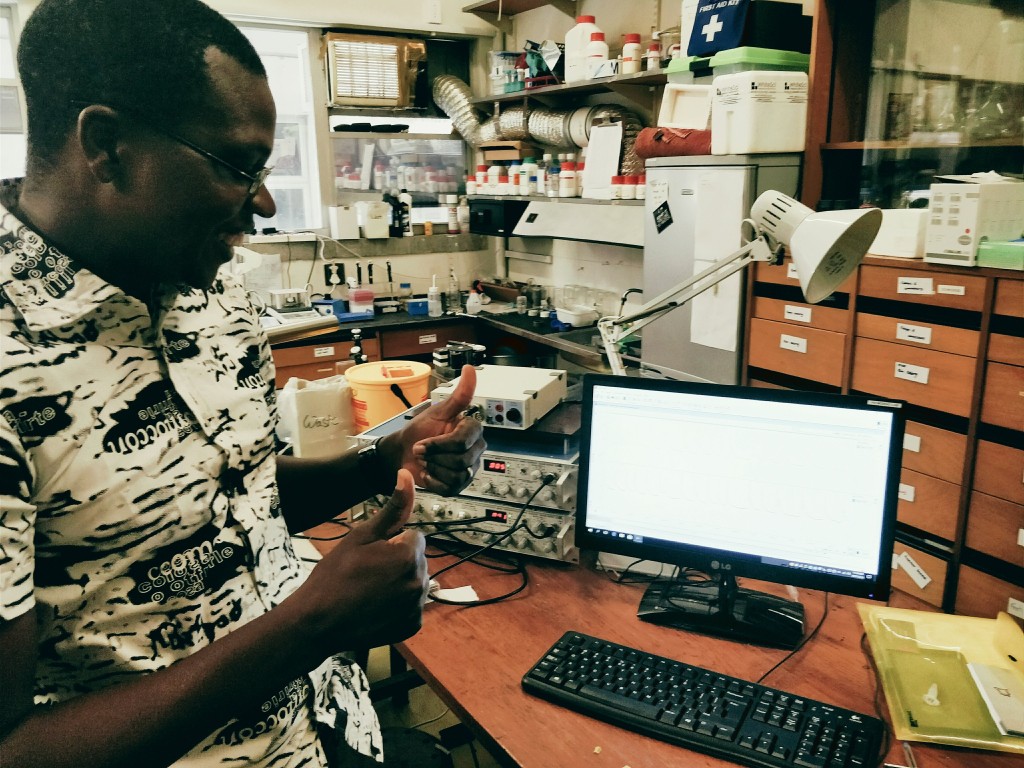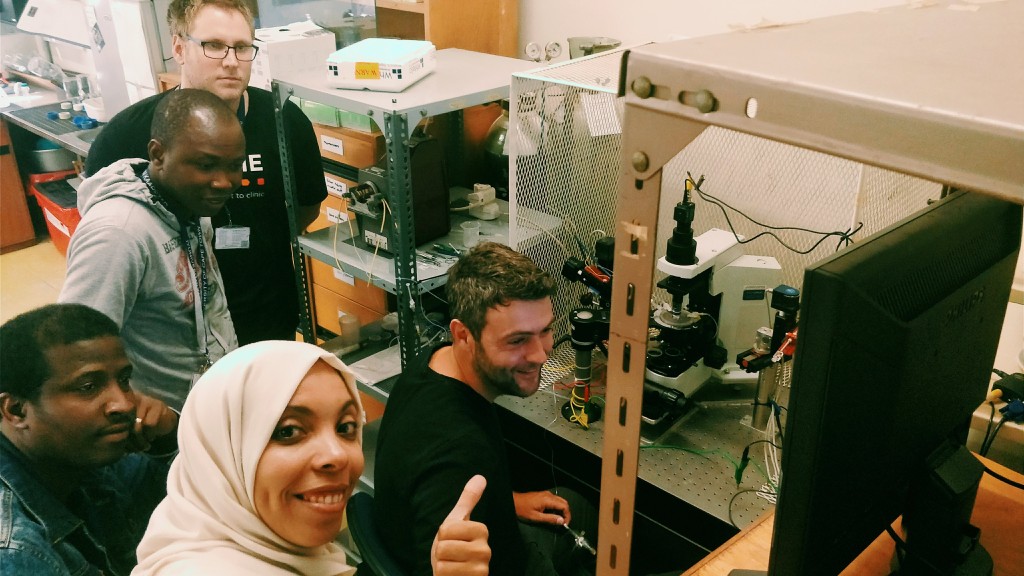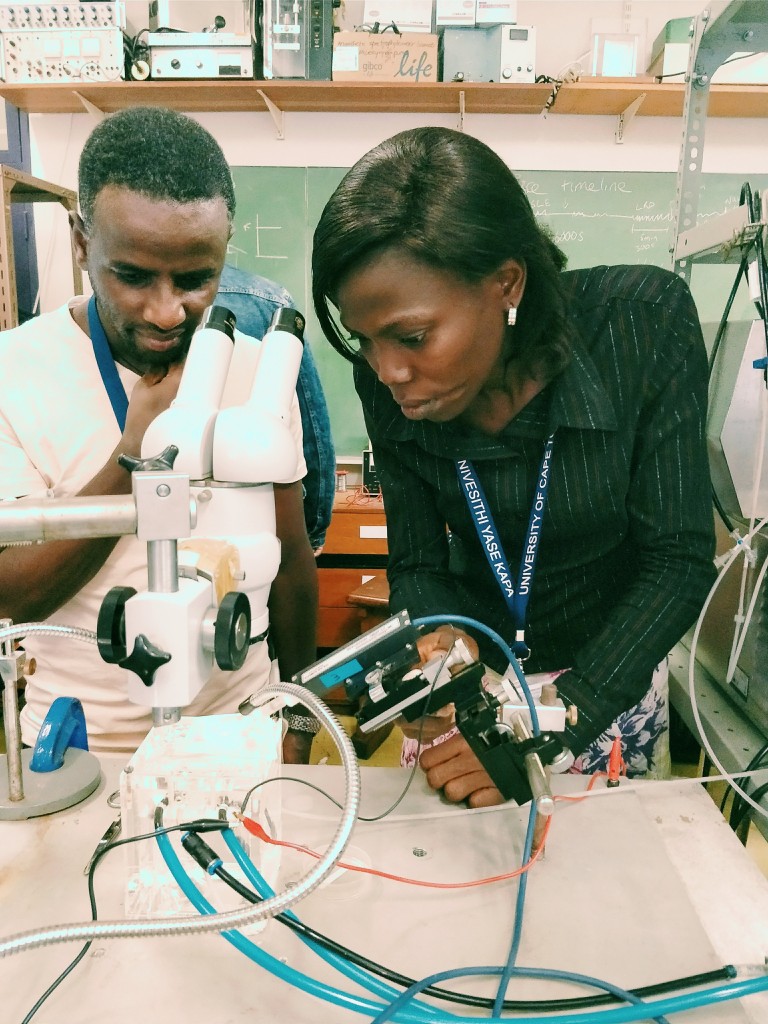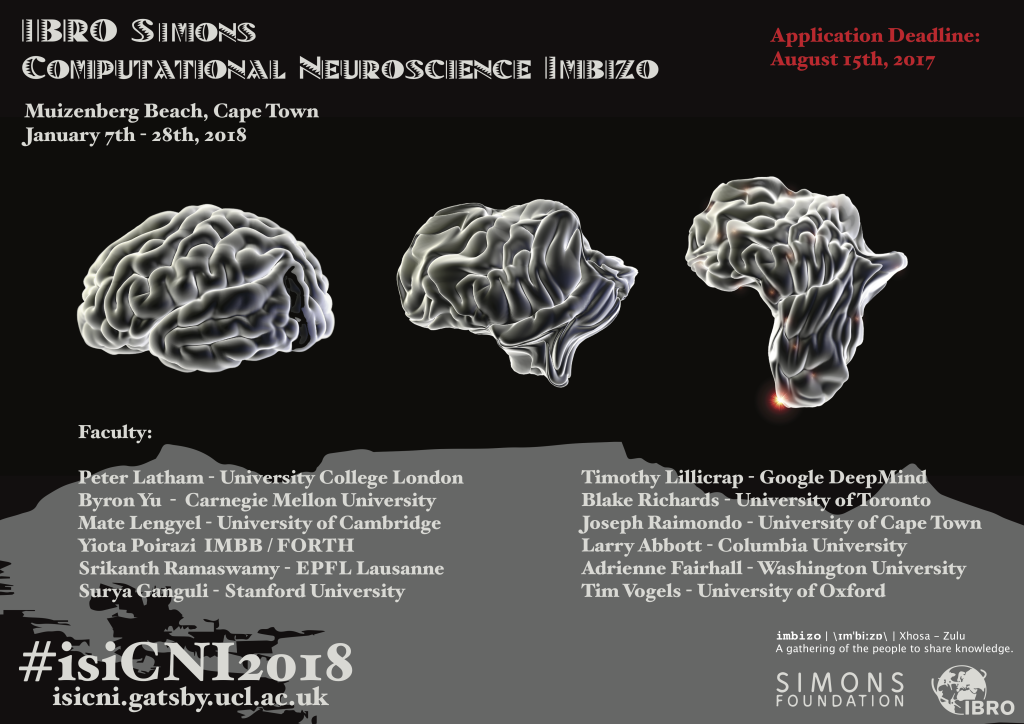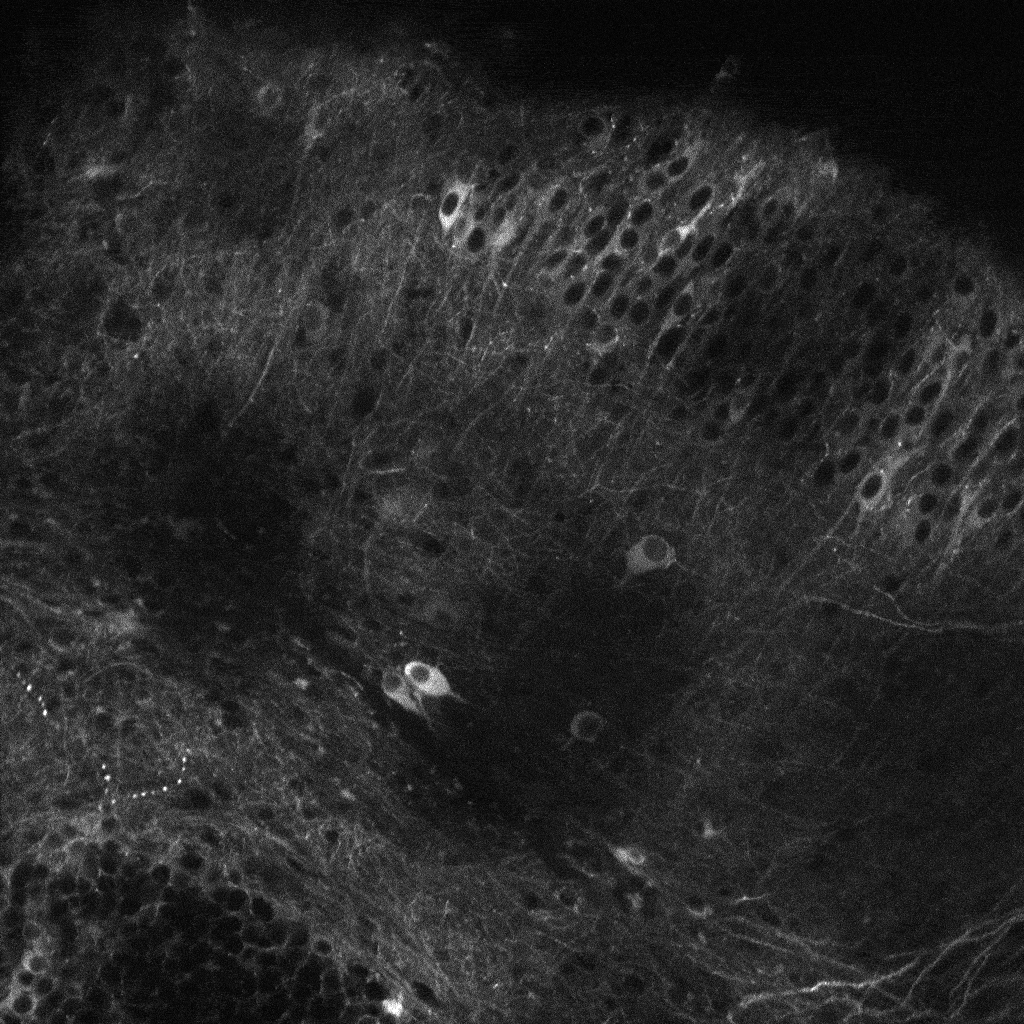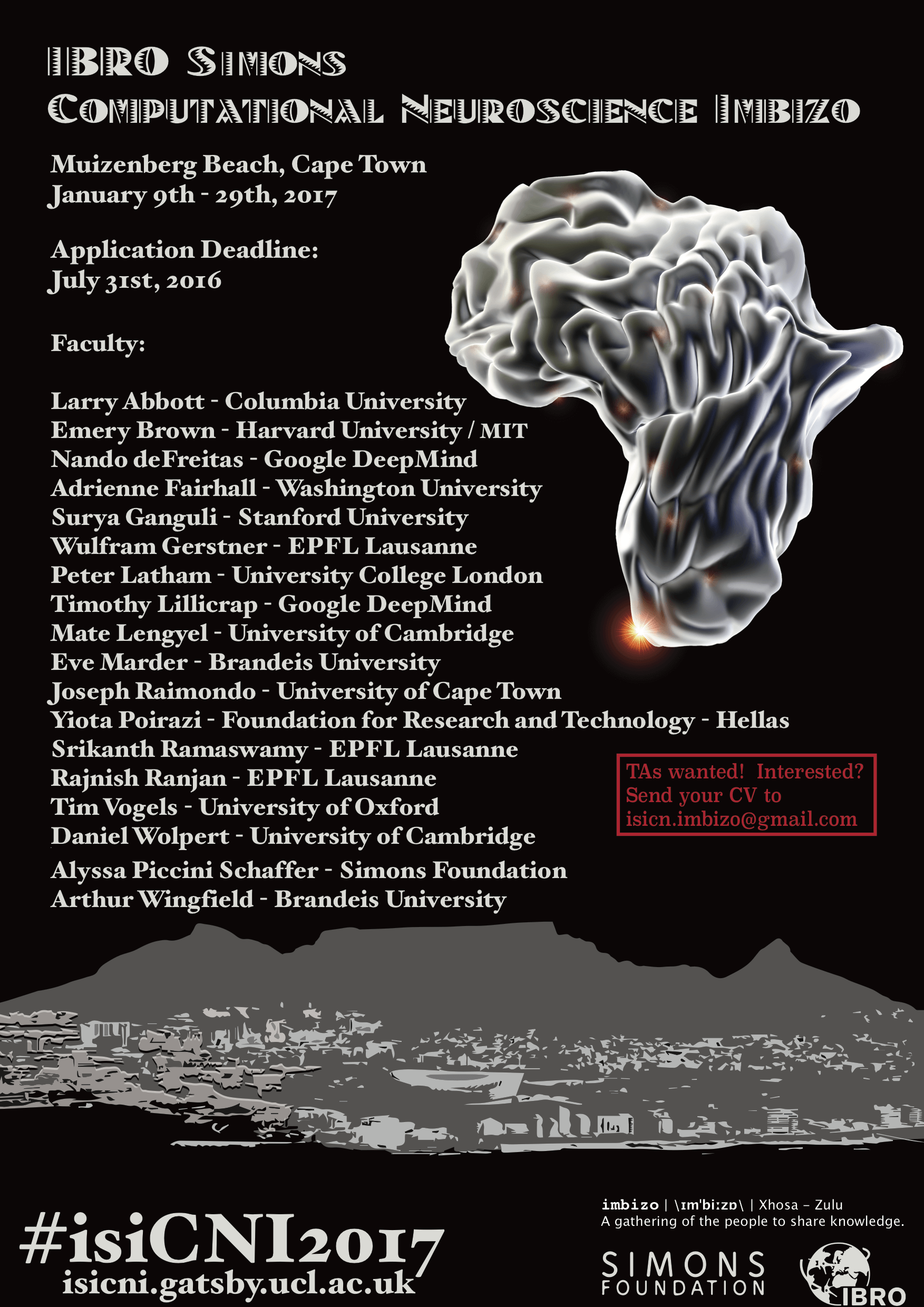We are proud to announce that our paper describing the construction and performance of an open hardware ‘Picospritzer’ – Openspritzer is out. This was a collaborative effort with the Baden Lab who have a strong interest in open hardware and the development of neuroscience research capacity in Africa. Please find the paper and detailed build instructions here.
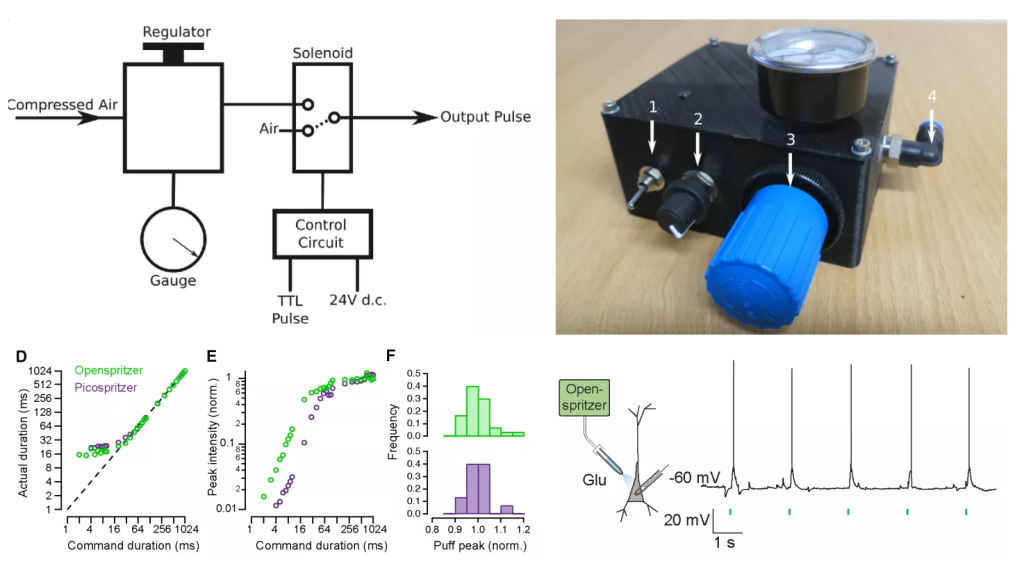
Designed for ease of use, robustness and low-cost, the “Openspritzer” is an open hardware “Picospritzer” as routinely used in biological labs around the world. The performance of Openspritzer and commercial alternatives is effectively indistinguishable.
The system is based on a solenoid valve connected to a pressure gauge. Control can be attained directly via an external TTL pulse or internally through an Arduino set by a rotary encoder. The basic setup can be put together for 3-400€, or substantially less if you are prepare to shop around.
